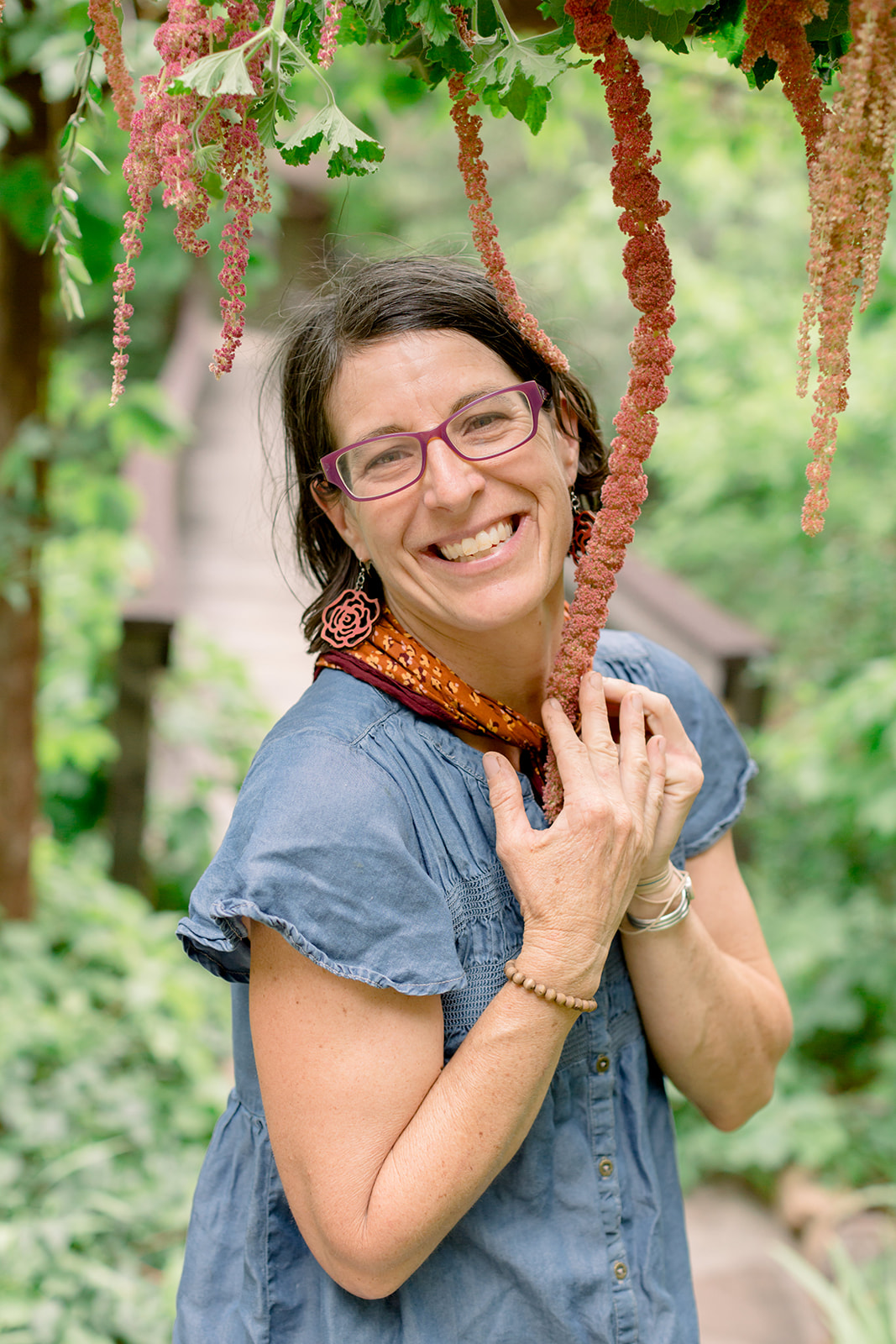In the early morning mist, we wake to an unfamiliar orchestra: the melodies of gibbons, stork-billed kingfishers, rhino hornbills, and countless insects and frogs shrouded in a mysterious curtain of jungle. We sleep on a 30-foot klotok (a traditional river boat) on a tributary deep in the heart of the last remaining rainforest of Tanjung Puting National Park on the island of Borneo.
This river expedition feels strangely similar to a Grand Canyon river trip, even though there is no white water and crocodiles patrol the waters. A crew of Indonesian guides drive the boat, cook us splendid meals, and introduce us to a world of unfamiliar plants and animals. They croon local folk tunes on the guitar each evening, and chain smoke clove cigarettes. Our group of six friends is not unfamiliar with river life, as we’ve spent many years together in the Grand Canyon restoring the remote tributaries of the Colorado River.
We made the trek to visit our friends Kari and Loren, former Flagstaff residents who now live in this remote part of the world many others will never see. They brave land leeches, relentless mosquitoes and moldy field conditions to research and restore the rainforest.
We visit many of the places the English naturalist Alfred Russell Wallace traveled to during the mid-19th century. Although Darwin is credited with publishing the theory of evolution, Wallace brainstormed the mechanism for speciation through keen observation and avid collecting in this archipelago. Islands are hotbeds for speciation and extinction. This isolation often results in high levels of endemism: unique organisms that only exist in a defined geographic location—like the Komodo dragon. This nine-foot long, flesh-eating lizard is only known from two islands in Indonesia and nowhere else in the world.
Although this park is teeming with charismatic mega fauna, the main attraction is the orangutans—the hairy reddish brown “man of the forest,” as translated from Indonesian. It is impossible not to fall in love with the orangutans, who share 96.4 percent of the same DNA with humans. They resemble jovial, furry people goofing around in the treetops.
This park is home to a small population of orangutans who have been reintroduced to the wild after being kept illegally as pets. Daily feedings draw a crowd of up to 10 individuals who take turns swinging in from nearby trees to stuff their mouths with whole bananas, and then retreat to the forest canopy to nosh.
Today only 2,000 wild orangutans live in second and third growth rainforests on the islands of Borneo and Sumatra. This park is one of the last refuges for these endangered primates; as much as 90 percent of their habitat has been destroyed.
The few existing Indonesian national parks are falling short of protecting rainforests that support some of the highest levels of biological diversity and endemism in the world. Illegal logging, clear-cutting and burning for palm oil plantations and gold mining are destroying the forest and contaminating rivers. These activities are often executed with the tacit support of local officials. On their way to research and restoration sites in another nearby national park, our friends regularly encounter illegal loggers and orangutan poachers.
The fate of the world’s last populations of orangutans is not that different from our conservation struggles in the Grand Canyon. The U.S. established national parks to protect land, while bordering areas allow mining, hydropower and public land management that values extraction over habitat protection. As we further fragment our country, parks functionally become islands, surrounded by a sea of human-altered landscapes. Species are pushed closer to extinction.
Maybe you know the stories of our backyard endangered poster children: a three million year-old fish and the largest North American land bird. Neither is as endearing as the orangutan, but both suffer from unraveling ecosystems. The humpback chub, a fish endemic to the Colorado River is threatened by Glen Canyon Dam operations and preyed upon by non-native introduced trout. The California condor was brought back from the brink of extinction only to be imperiled by lead poisoning.

